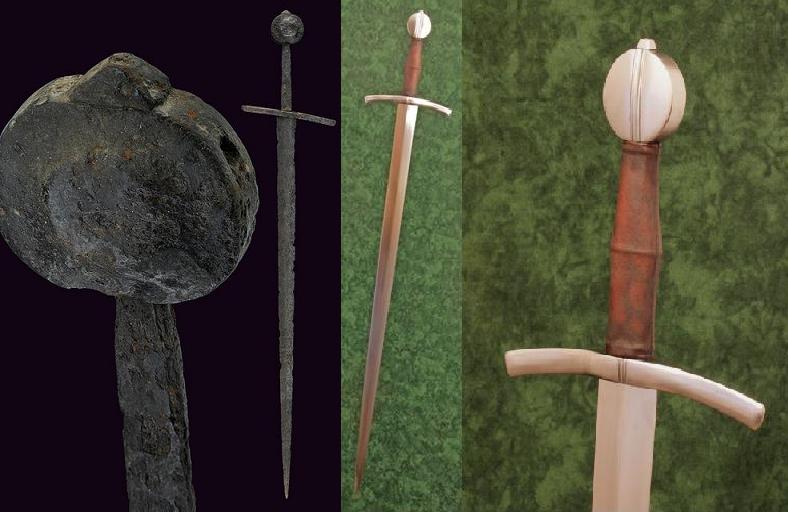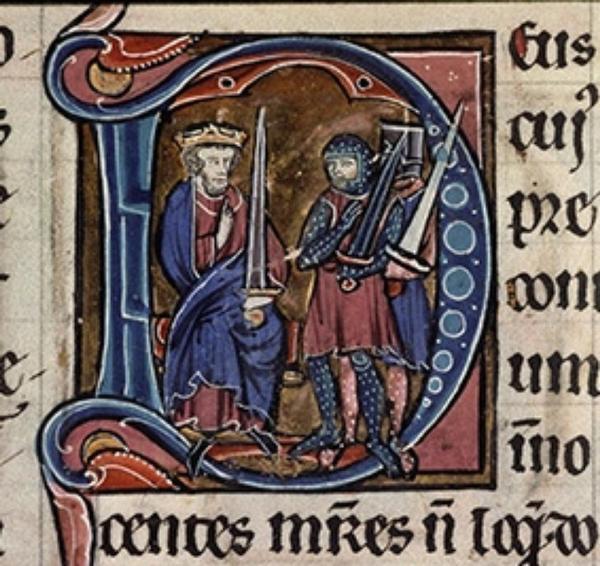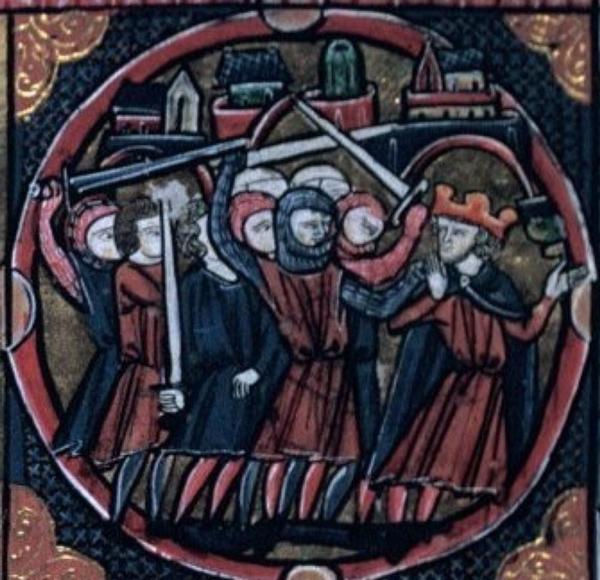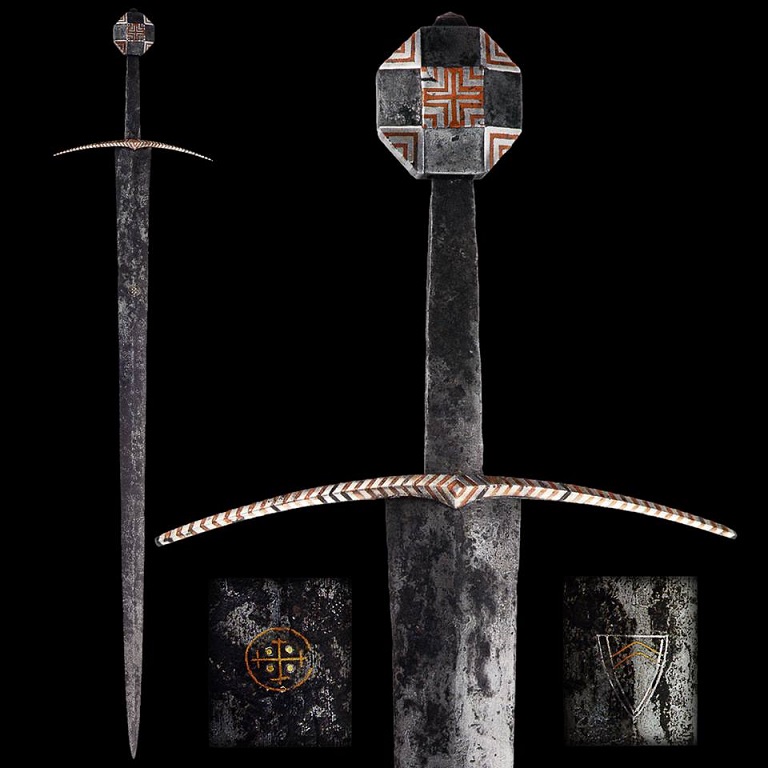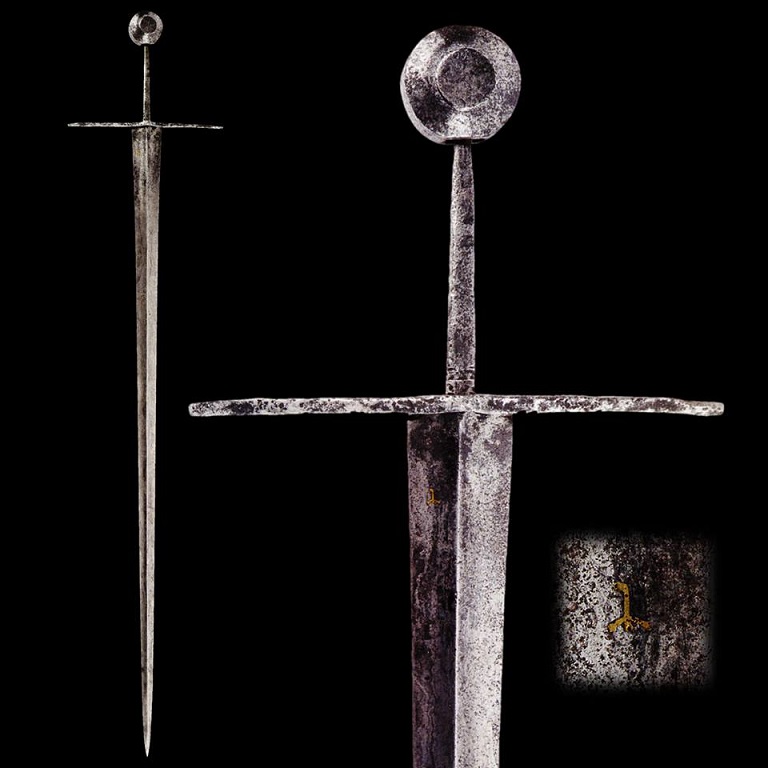Posts: 2,167
Mon 03 Jun, 2013 11:33 pm
John Fletcher wrote an article about this alterpiece in the Antiquaries Journal. It can be found here:
http://journals.cambridge.org/action/displayA...id=7865790. I have included the relevant information, with the key information in bold font.
"The provenance and purpose of the Barnabas Altarpiece, acquired in 1971 by the Kimbell Art Museum and exceptional for being a large early gothic retable on panel, has baffled art historians since 1950, when it became better known;
it has since been dated to 1250-60. It was catalogued in 1972 on rather slender grounds as being English (a view that has become increasingly suspect) and it was proposed in 1965 that a bishop Barnabas (at that time not identified) was the donor. The panels are of willow, a wood occasionally used in medieval times for large panels in Mediterranean areas around the Gulf of Lyons, but never in northern Europe or Spain. A priest named Barnabas was made bishop of Osma by King Alphonso of Castile to whom he was physician. He held the see until his death in c. 1351 and founded a chaplaincy in the cathedral in 1350. However, neither that date nor the identification of the panels as willow is consistent with the hypothesis that he was the donor. It is here proposed that the panels were made in the south of France and that the inscription—Barnabas: Eps—applied to St. Barnabas, the apostle born in Cyprus and the first of a long line of archbishops; furthermore that this altarpiece was painted by a southern French artist for a church in Cyprus, probably that dedicated to St. Peter and St. Paul in the royal complex at Nicosia which included the castle/palace and Dominican monastery. It had been the wish of St. Louis, while making preparations in Cyprus in 1248/9 for his crusade, that a new monastic church should form the royal mausoleum for the Lusignan dynasty."
